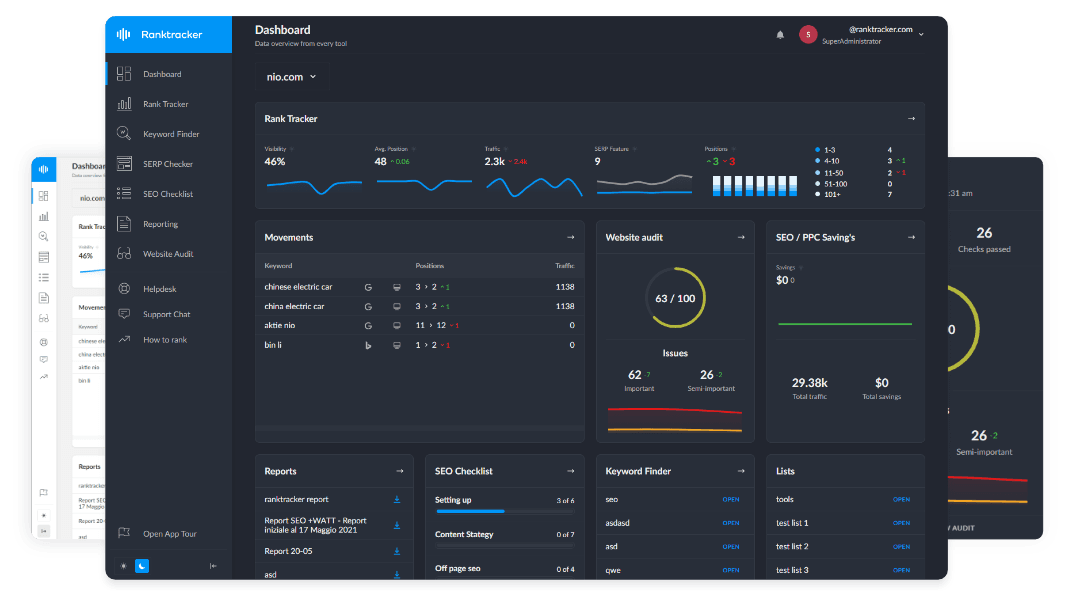Intro
A contextual layer in SEO refers to the semantic depth and hierarchical structure of content that helps search engines understand relationships between entities, topics, and search intent. Google uses contextual layers to refine search results, improving relevance and user experience.
Why Contextual Layers Matter for SEO:
- Enhances semantic search accuracy by adding contextual meaning.
- Improves Google’s ability to map content to search intent.
- Strengthens content depth, topic authority, and Knowledge Graph visibility.
How Contextual Layers Influence Search Engine Rankings
1. Search Intent Classification & Contextual Relevance
- Google categorizes queries based on intent and underlying context.
- Example:
- "Apple" (tech vs. fruit) → Contextual layers differentiate results based on search behavior and query refinements.
2. Entity-Based Search & Semantic Understanding
- Search engines connect entities within a topic ecosystem.
- Example:
- "Tesla" is linked to Elon Musk, electric vehicles, sustainable energy in Google’s Knowledge Graph.
3. Content Hierarchy & Topic Clustering
- Pillar-cluster models improve contextual layering within a site.
- Example:
- "Digital Marketing Guide" → Clusters include SEO, PPC, Content Marketing, and Social Media.
4. Personalized Search & Context Adaptation
- Google modifies results based on historical searches, location, and user behavior.
- Example:
- "Best SEO tools" → A marketer vs. a small business owner might see different recommended tools.
How to Optimize for Contextual Layers in SEO
✅ 1. Implement Topic Clustering for Semantic Optimization
- Use pillar pages and supporting content to strengthen topic depth.
- Example:
- "E-commerce SEO Guide" should link to "Product Page Optimization" and "Technical SEO for Online Stores".
✅ 2. Leverage Schema Markup for Enhanced Contextual Understanding
- Use Entity, FAQ, Article, and Product Schema for structured data.
- Example:
- A "Local SEO" article should include LocalBusiness Schema to reinforce location-specific context.
✅ 3. Optimize Content for Search Intent & User Journey
- Align content with informational, navigational, and transactional intent.
- Example:
- "What is Semantic SEO?" → Provide definitions, case studies, and expert insights.
✅ 4. Strengthen Internal Linking to Build Contextual Relevance
- Interlink related content to reinforce hierarchical relationships.
- Example:
- "SEO Keyword Research" should link to "Long-Tail Keywords Guide" and "Latent Semantic Indexing Explained".
✅ 5. Analyze Query Refinements & Contextual Search Trends
- Use Google NLP API, Ranktracker’s SERP Checker, and Search Console insights.
- Example:
- Identifying how Google refines broad queries can shape future content updates.
Tools to Track & Improve Contextual Layer Optimization
- Google Search Console – Monitor query refinements and content relevance.
- Ranktracker’s SERP Checker – Analyze contextual ranking shifts.
- Google Knowledge Graph API – Identify entity connections and search patterns.
Conclusion: Mastering Contextual Layers for SEO Success
Contextual layers help search engines understand content relationships, search intent, and semantic meaning. By optimizing topic clustering, structured data, and search intent alignment, websites can improve rankings, enhance user experience, and strengthen topical authority.
For expert SEO tools, explore Ranktracker’s advanced SEO solutions and optimize your contextual layers today!

